Can we deflect an asteroid if it were to hit Earth? Scientists launched a mission to test it out:
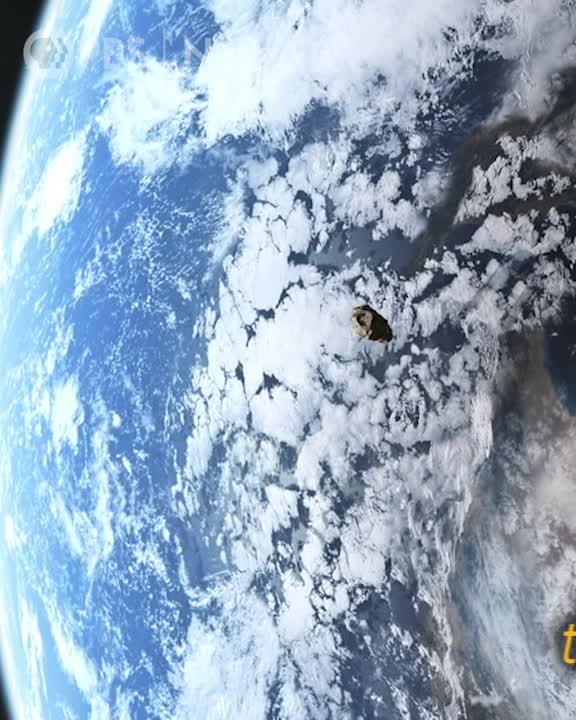

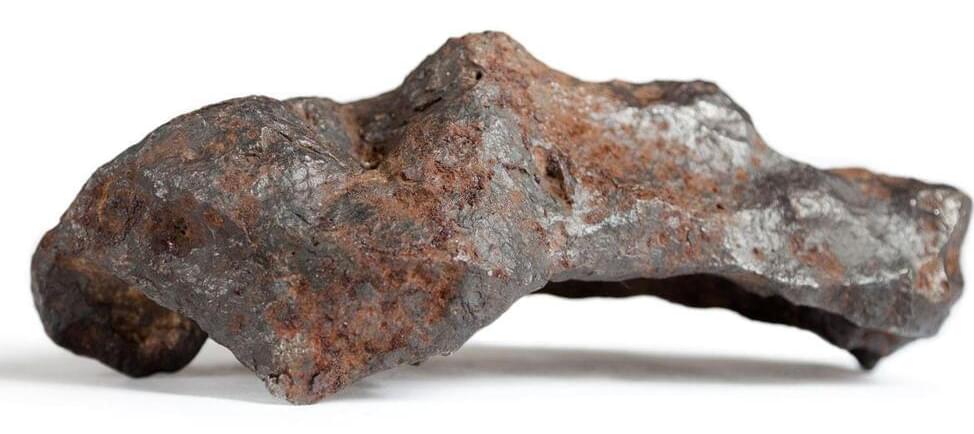
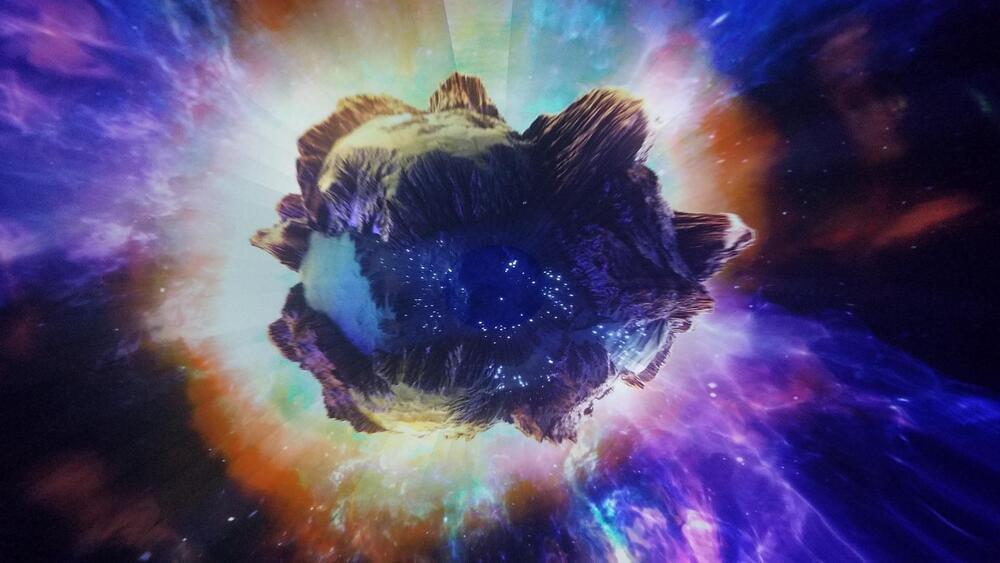
Shockwaves caused by asteroids colliding with Earth create materials with a range of complex carbon structures, which could be used for advancing future engineering applications, according to an international study led by UCL and Hungarian scientists.
Published today in Proceedings of the National Academy of Sciences, the team of researchers has found that diamonds formed during a high-energy shock wave from an asteroid collision around 50,000 years ago have unique and exceptional properties, caused by the short-term high temperatures and extreme pressure.
The researchers say that these structures can be targeted for advanced mechanical and electronic applications, giving us the ability to design materials that are not only ultra-hard but also malleable with tunable electronic properties.

The Last Human – A Glimpse Into The Far Future.
German animation and design studio, Kurzgesagt, explores the far future of humanity and how our population may change over the aeons.
Given the numerous global threats we face during this century and beyond – from climate change to nuclear war, asteroid impacts and killer viruses – many of us are concerned that humans could go extinct. But there are reasons to be optimistic, according to this latest video from Kurzgesagt. Rather than approaching the end of human history, we may actually be living at the dawn of our species; the mere prelude for a vast and exciting future that lies ahead.

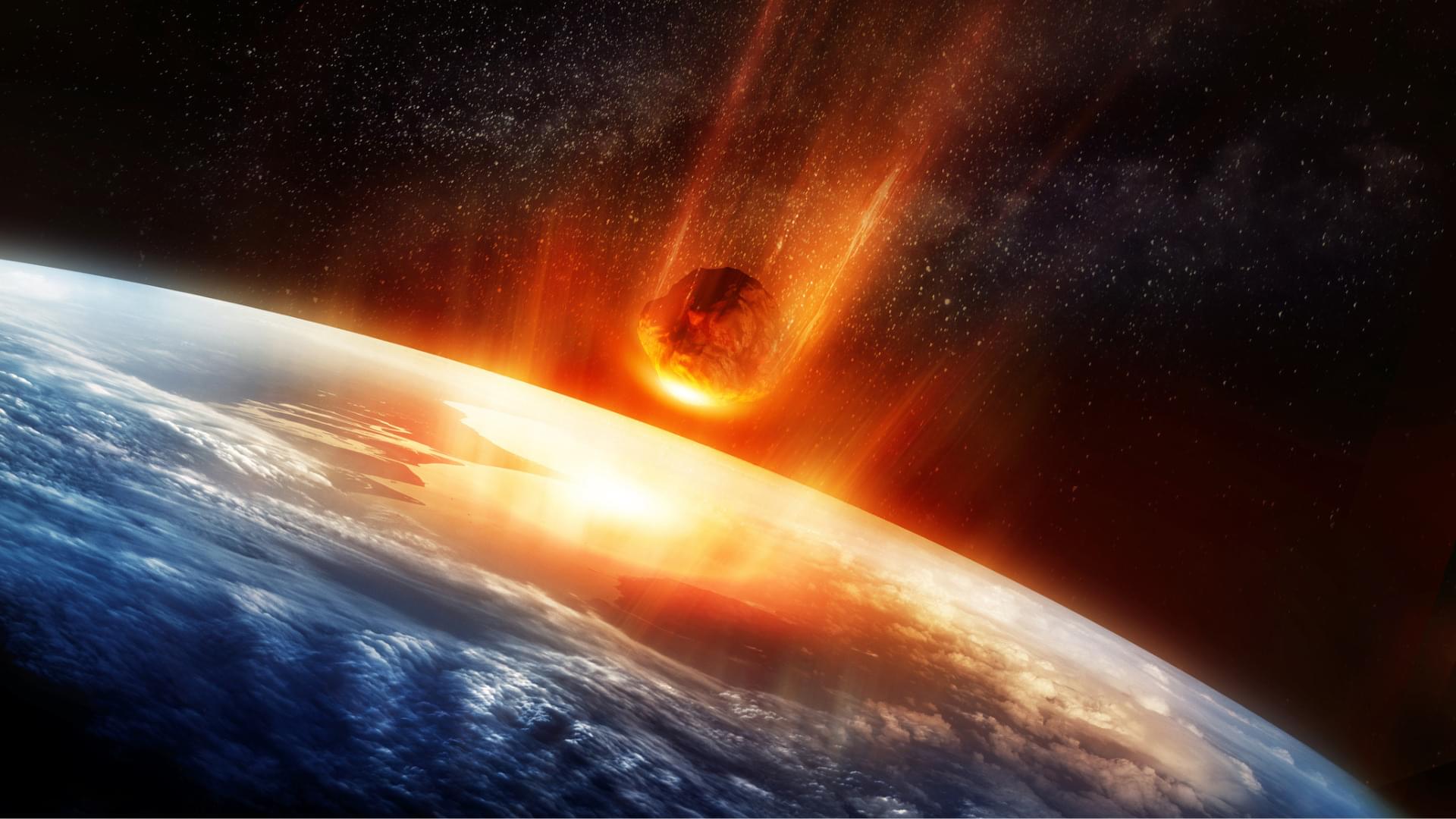
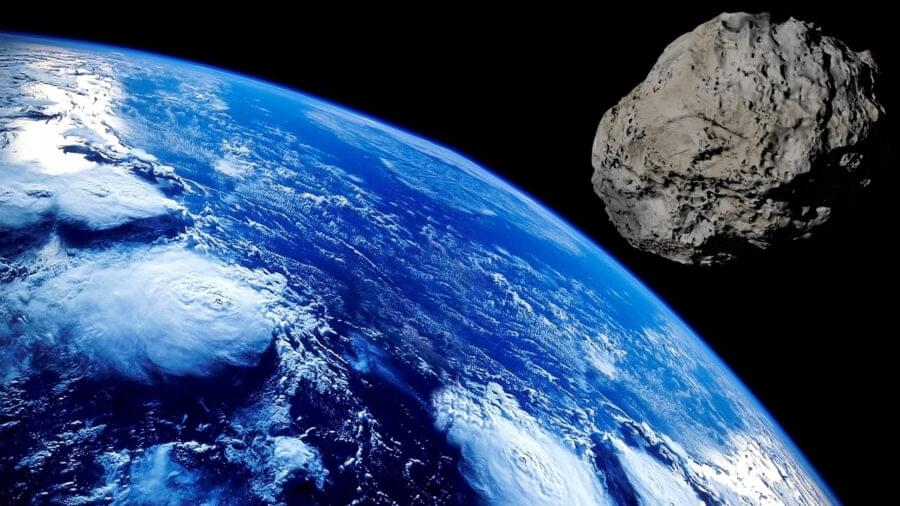
While it may seem a bit silly to think about an asteroid hitting the planet in 2052, the 2021 QM1 hitting Earth would be devastating. The asteroid is said to be 50 meters or 150 feet in diameter. Should it impact, it would have a force of six tons of TNT. To put that in perspective, it would be 400 times more powerful than the atomic bombs that had been dropped on Hiroshima. That would certainly be enough to destroy a large city and much more. There had been a 12-megaton asteroid that hit Earth over a remote part of the Siberia region. The impact flattened over 830 miles of forest, and three people were said to have died because of the impact. However, if that impact happened anywhere that was populated, that entire city, town, or state would essentially have been wiped off the map.
The 2021 QM1 had initially been discovered in August of 2021 at the Mount Lemmon observatory. It was discovered along with a dozen other asteroids. However, during Asteroid Day 2022 which took place in June of 2022, the ESA (European Space Agency) deemed that the 2021 QM1 asteroid would be completely safe and not strike the earth. Another asteroid by the name 2022, AE1, was also said to be on a collision course with the planet before it was recently deemed safe as well. The 70-meter asteroid is said to strike the moon before it would hit our planet. That might not seem like good news, considering the moon being destroyed might cause significant other damage to the planet, but it’s still good news.
Thankfully, there are scientists and astronomers that revolve their lives around studying the trajectory of rogue asteroids. They are meant to alert the planet should we be in any imminent danger. However, would the public go a bit crazy if they knew a giant asteroid was catapulting straight to Earth? Hopefully, they would not. Mass hysteria is always something to think about when there is a credible threat that cannot be vanquished by our modern technology.
Researchers have discovered never-before-seen types of crystal hidden in tiny grains of perfectly preserved meteorite dust. The dust was left behind by a massive space rock that exploded over Chelyabinsk, Russia, nine years ago.
On 15 Feb 2013, an asteroid measuring 59 feet (18 meters) across and weighing 12,125 tons (11,000 metric tons) entered Earth’s atmosphere at around 41,600 mph (66,950 km/h).
Fortunately, the meteor exploded around 14.5 miles (23.3 kilometers) above the city of Chelyabinsk in southern Russia, showering the surrounding area in tiny meteorites and avoiding a colossal single collision with the surface.
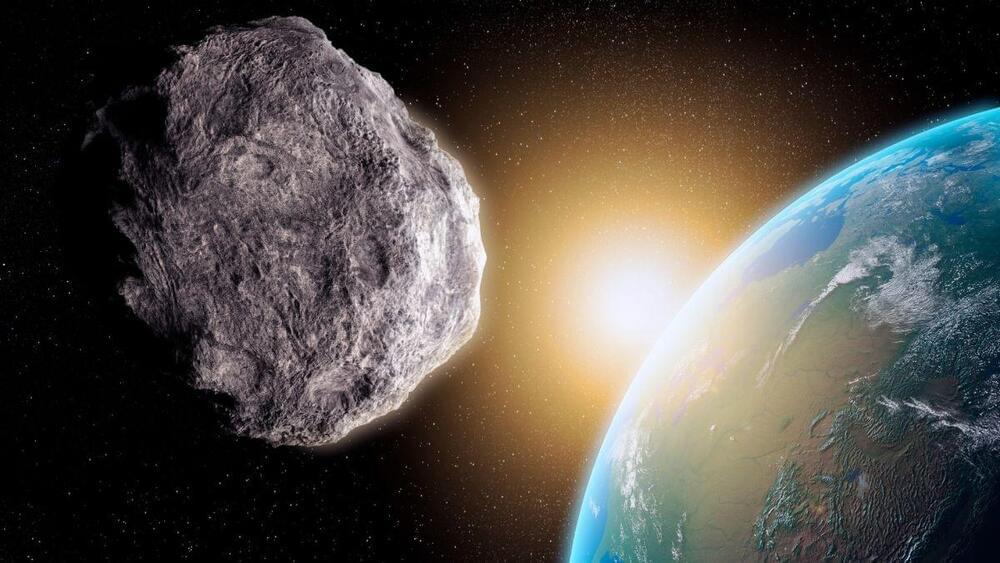
😳!
Researchers have discovered never-before-seen types of crystal hidden in tiny grains of perfectly preserved meteorite dust. The dust was left behind by a massive space rock that exploded over Chelyabinsk, Russia, nine years ago.
On Feb. 15, 2013, an asteroid measuring 59 feet (18 meters) across and weighing 12,125 tons (11,000 metric tons) entered Earth’s atmosphere at around 41,600 mph (66,950 km/h). Fortunately, the meteor exploded around 14.5 miles (23.3 kilometers) above the city of Chelyabinsk in southern Russia, showering the surrounding area in tiny meteorites and avoiding a colossal single collision with the surface. Experts at the time described the event as a major wake-up call to the dangers asteroids pose to the planet.